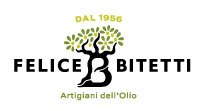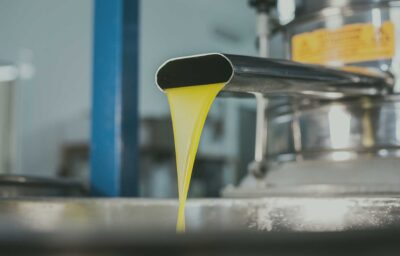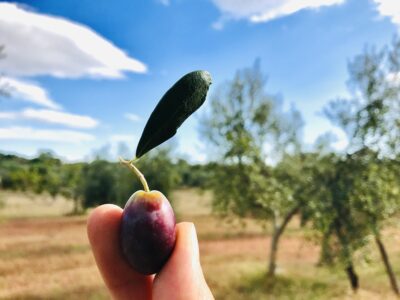The olive harvest begins, in almost all areas of the Mediterranean, at the end of October, continuing in relation to the climate, the variety of olive trees and the methods used. This moment is intrinsic to traditions that are handed down from father to son by generations of farmers.
The olive harvest is a fundamental operation in order to produce a quality olive oil, in fact it is the first step of the entire production process. Here are some tricks to conduct the olive harvest in an optimal way.
First of all, it is mandatory to know your olive grove and, after taking care of it for the whole year, to identify the veraison period, that is, the phenological phase in which the color of the olive epicarp changes from green to purple. This stage of ripeness corresponds to the greatest quantity in oil that there can be inside the fruit, it is at this time that it is appropriate to harvest!
Contrary to what we think, harvesting at a more advanced stage of ripening would compromise the final quality of the oil. In fact, with the withering of the very ripe olive, the oil vacuoles present inside the drupe break, causing the oil to escape and triggering fermentation and enzymatic processes. The veraison phase is cultivar-dependent as well as climate-dependent. This is why it is essential to know the variety of olive trees and contextualize them geographically.
The choice of the harvesting method is also a fundamental step for the purposes of production. We can distinguish two macro-categories of types of harvest: manual and mechanized.
The hand-picked method is the best, the fruit does not undergo physical and mechanical stress and is selected before being harvested. However, it is a labor-intensive and energy-intensive method and is therefore expensive.
Over the years, harvesting by hand has given way to the use of new equipment and mechanical facilitators, such as pneumatic combs, olive shaker rods or even trunk shakers or straddle machines that we find mostly in super-intensive olive groves.
Whichever method you use, it is important to avoid stress on the fruit, such as tearing of the fabric and bruising, during harvesting, since the fruit that is not intact is immediately initiated to oxidation.
It is also advisable to harvest directly from the plant and never from the ground, as there is a risk of oxidation and hydrolysis phenomena, high levels of acidity and defects in sensory analysis.
Finally, the method of transporting the olives to the mill is equally important. They must be delivered within a few hours of collection in plastic crates suitably perforated to allow the product to aerate and with a maximum capacity of about 10 kg. Transport in jute bags or stacked should be avoided, as the crushed fruits tear and cause the mass to heat up.
Everything we do during the harvest affects the quality of the final product!
Good harvest 2022/2023!









